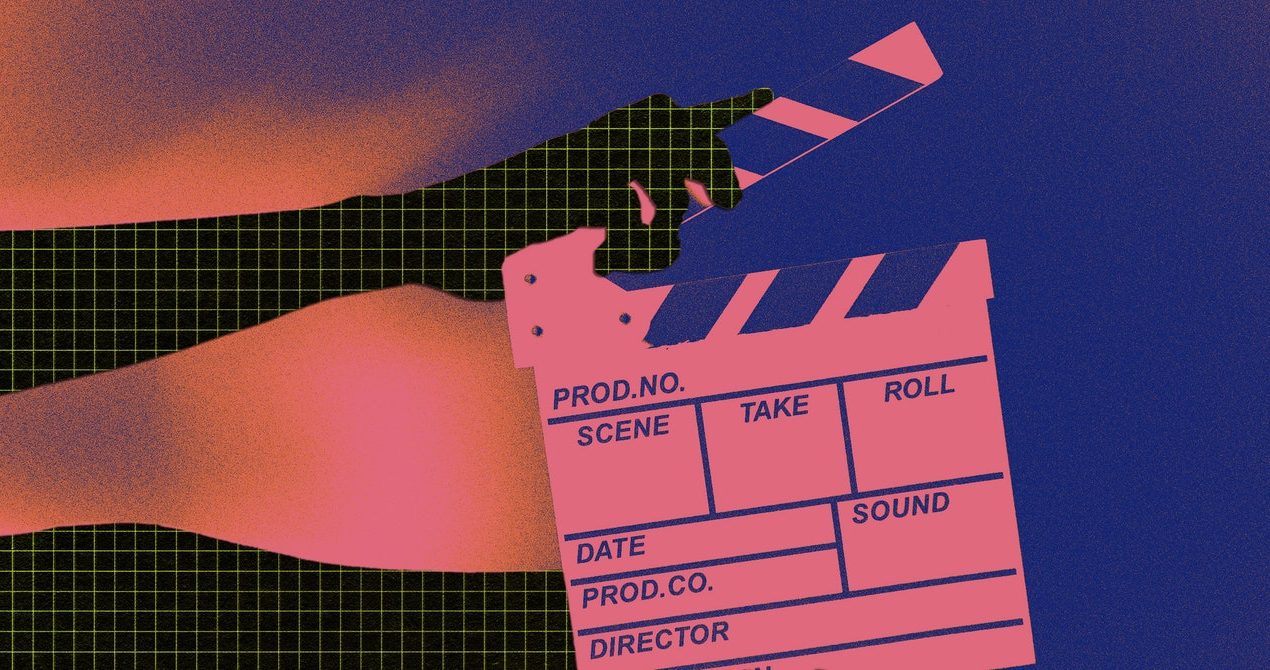That, in turn, led to increased interest in what protections organized labor could provide workers, even as some unions, like the United Auto Workers and Teamsters, seemed to fall behind on addressing AI’s potential to encroach on jobs. In a recent piece for Harvard Business Review, MIT engineering professor Yossi Sheffi argued short-sightedness on these issues affects both workers and employers, since disengaged staffers could become part of a workforce that’s even less prepared if and when automation comes to their industry.
Sheffi wrote the piece in September, when both SAG and WGA were deep into their strikes. At the time, he noted that other industries should “take to heart” what was happening in Hollywood. “Resolving these issues [between the actors and writers and the studios] will take time, but at least in this case, the parties have started the process before AI has become an industry mainstay,” he wrote. “But other unions don’t seem to be facing up to the ways technological advances will change jobs.”
As the advance of AI marched on throughout 2023, it became clear that unions were only part of the resistance. Authors, worried that large language models had been trained using their books, filed a handful of lawsuits against OpenAI, Meta, Microsoft, and others. So did visual artists, against Stable Diffusion, Midjourney, DeviantArt, and more. None of those suits has reached any kind of conclusion, and some argue copyright claims aren’t the way to stop the bots from absorbing creative work, but the suits did turn the courts into yet another battlefield, in addition to picket lines, on which humans pushed back against AI incursion.
By the end of 2023, governments entered the fray. In early November, US president Joe Biden signed an executive order attempting, among other things, to curtail AI’s impact on human work and provide “federal support for workers facing labor disruptions, including from AI.” Unions, including SAG, praised the move, which came as world leaders were heading to the UK for the AI Safety Summit, where, as my colleague Will Knight wrote, they sought to contain the threats of machine learning while also harnessing its power.
That has always been the tricky part. From weavers to writers, lots of people use machines to improve their work. Automation helps! As AI boosters will tell you, the technology can cultivate new forms of creativity. People can write books alongside AI, create new styles of visual art, build infinite Seinfeld generators. Some Hollywood writers use the tools for basic brainstorming tasks. Fear comes in when brainstorming evolves into a studio head asking ChatGPT to write a new movie about a cat and a cop who are best friends. No scribes needed.
Source




